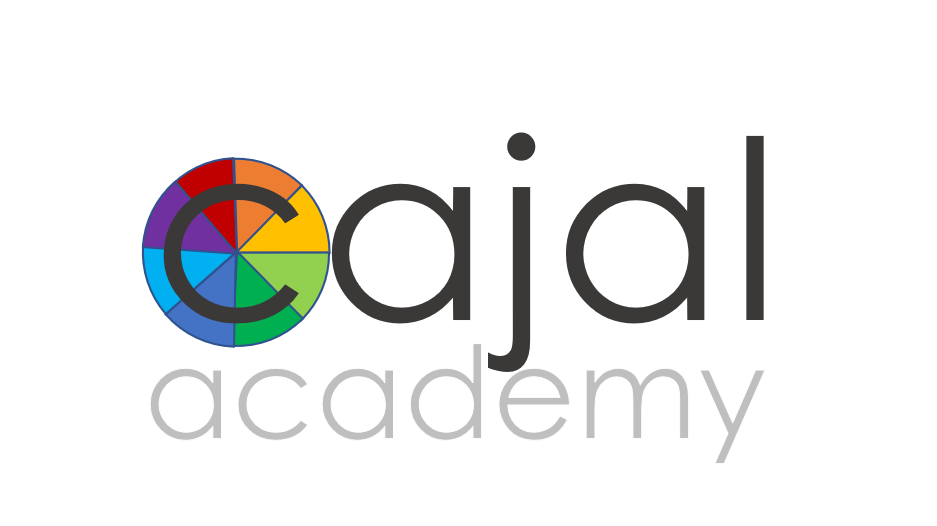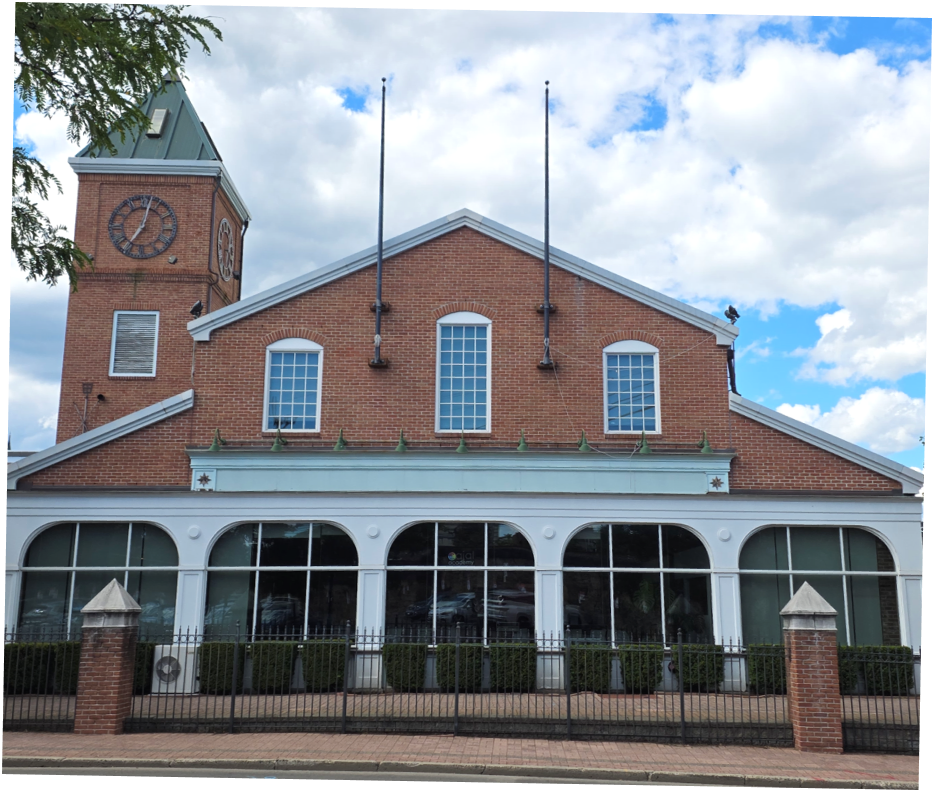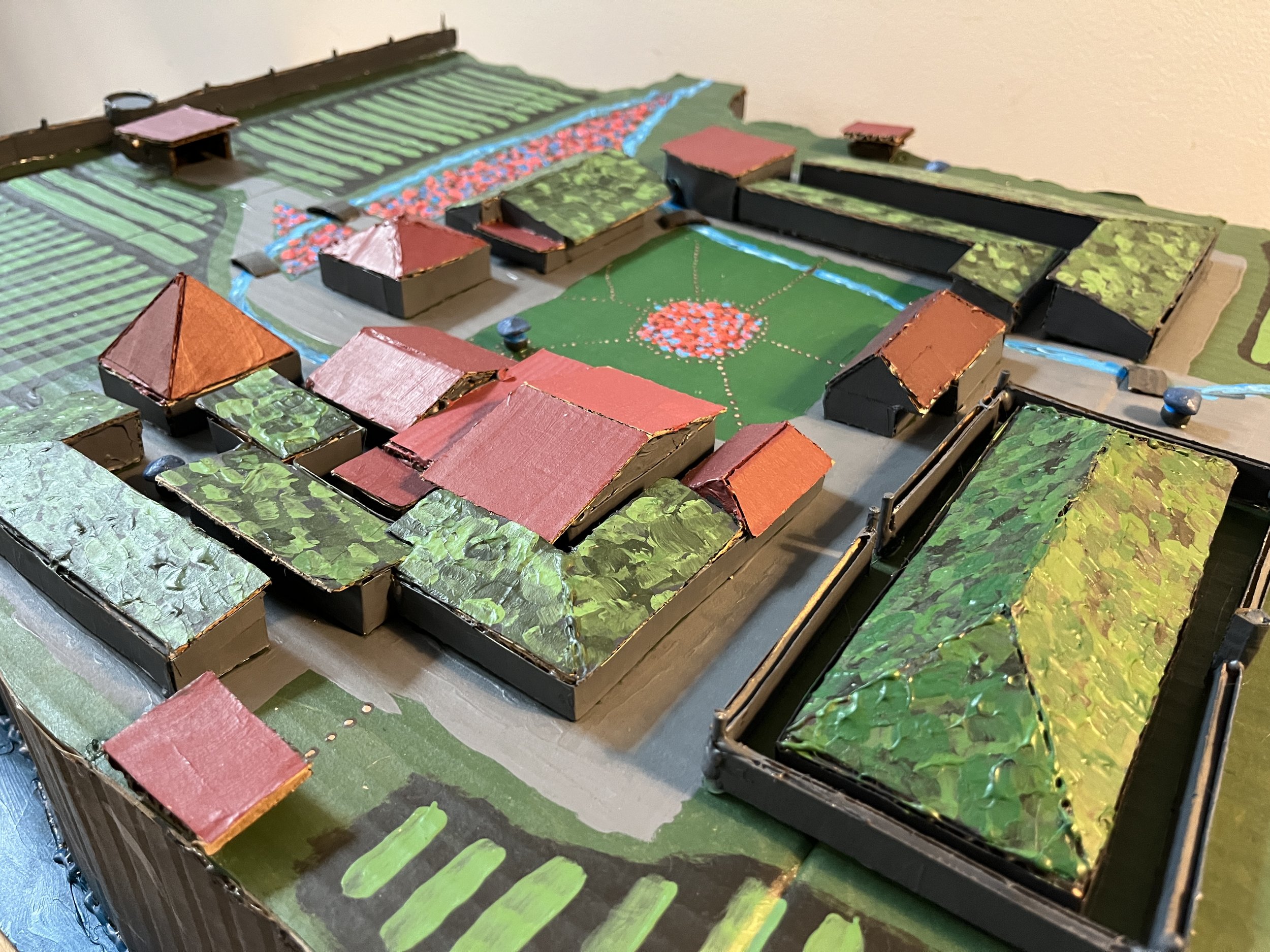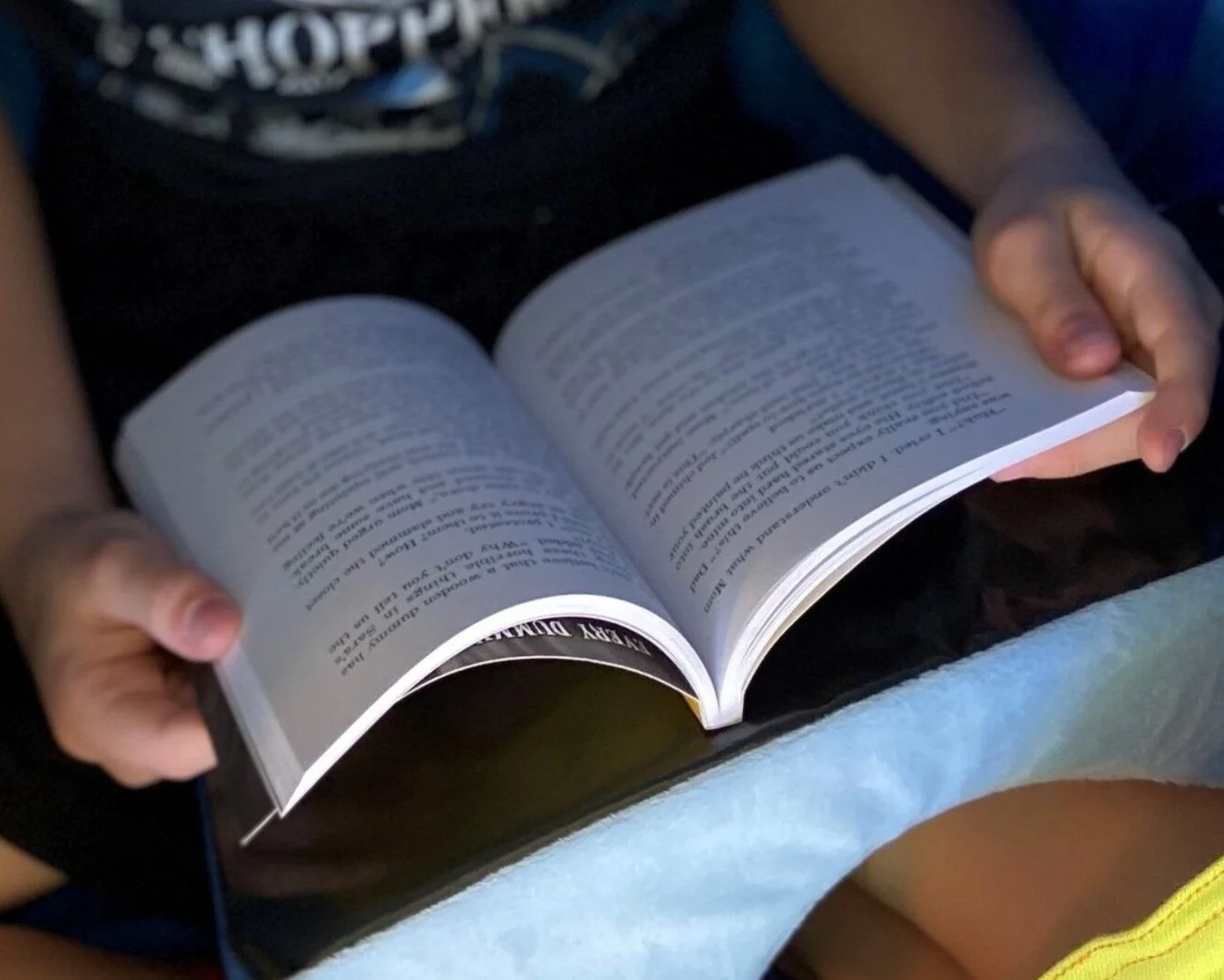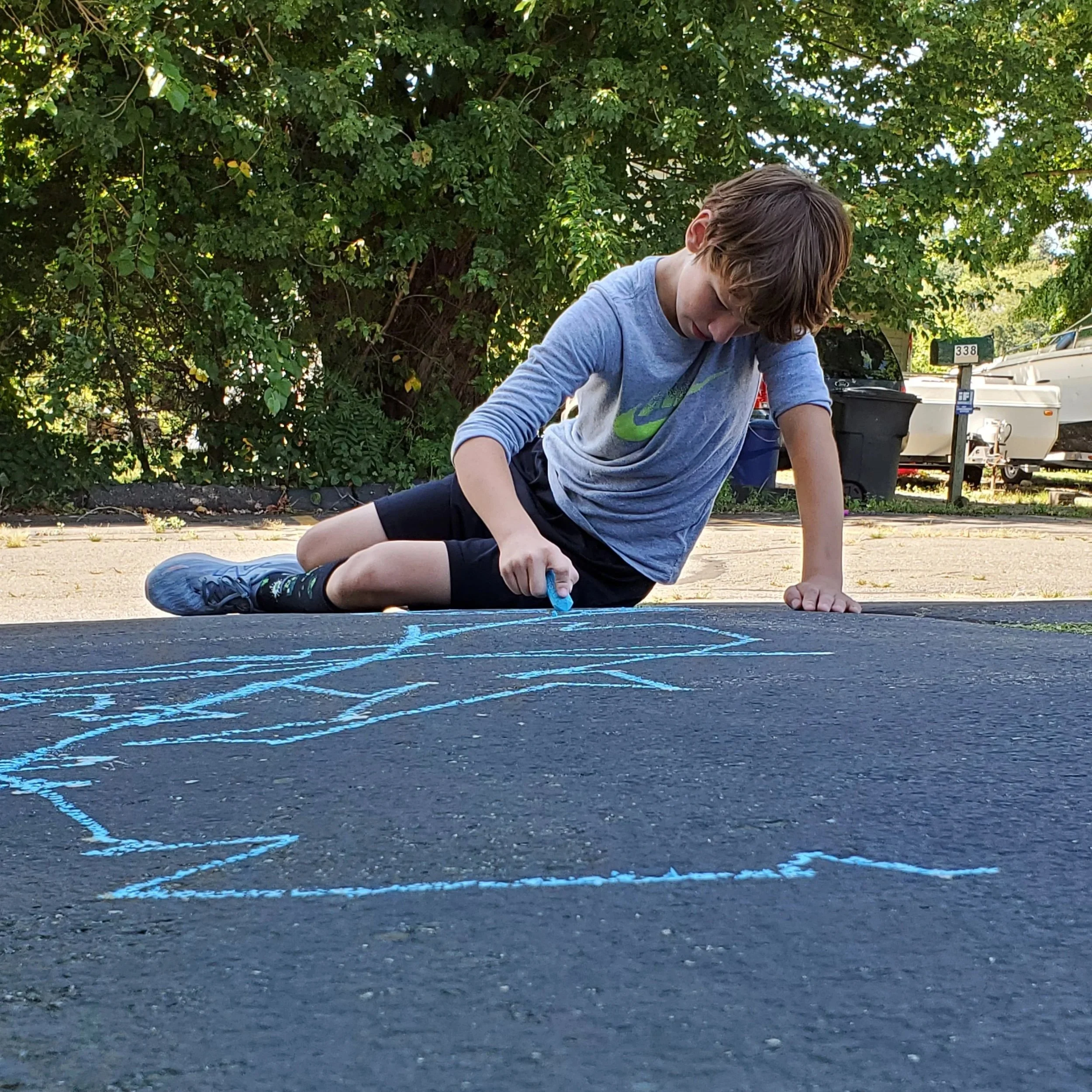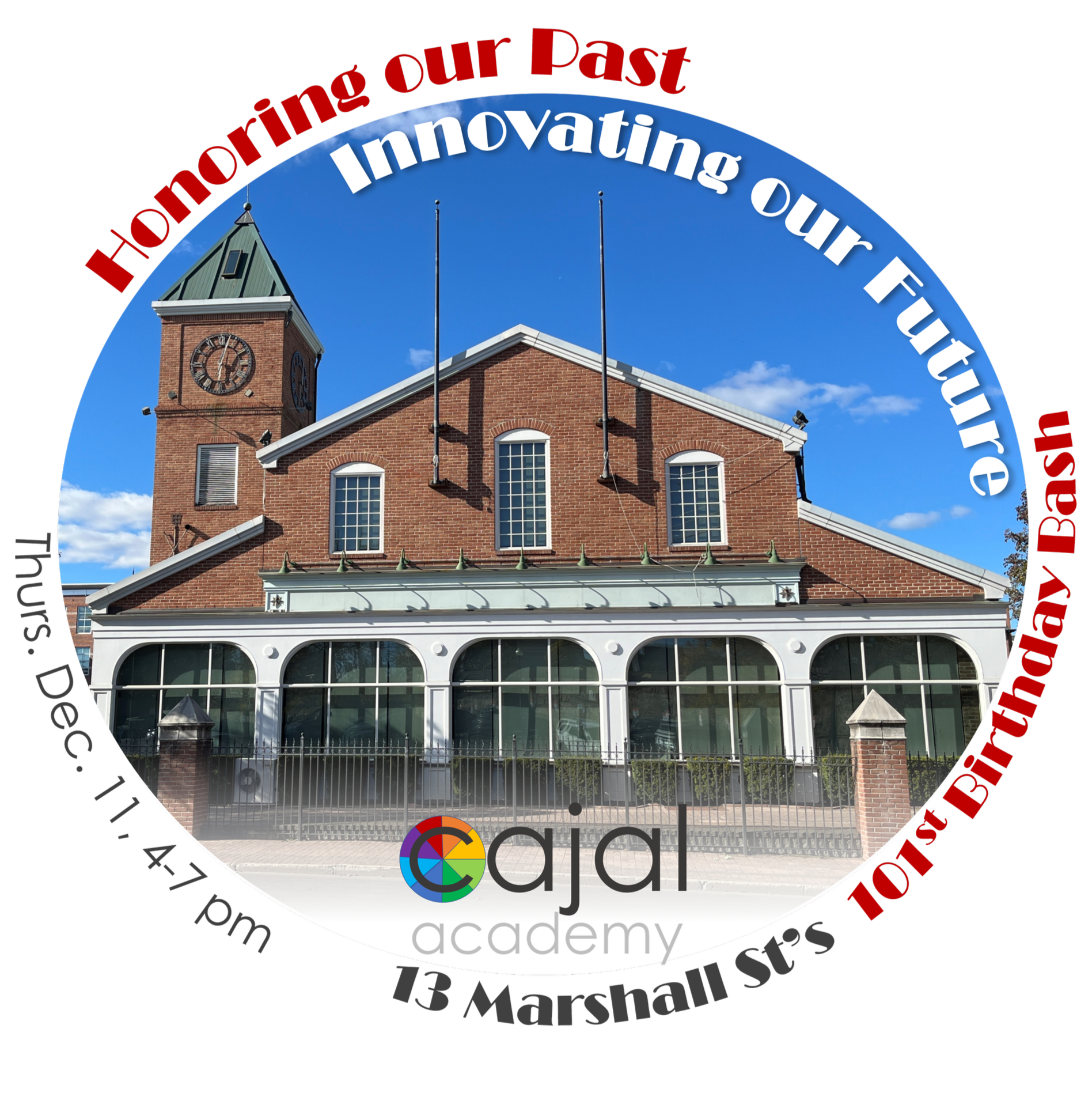Cajal Academy offers a ground-breaking, neuroscience-based approach to special education that transforms student profiles while reducing educational costs.
We don’t believe in accommodating students’ difficulties. We believe in transforming them, by rewiring the way the child performs foundational skills.
Special education as a field has been based on the premise that student disabilities cannot be changed, just accommodated.
Science suggests that more is possible, and our work proves that’s true.
We’ve made a break-through for the field of education: a research-backed methodology for reducing or removing learning & in some cases social-emotional and executive function challenges, unlocking student gifts and transforming not just student learning but student lives. In the process, this reduces the child’s educational costs across their K-12 years: savings we pass on to families and sending school districts through our unique declining tuition model.
Support our Students!
Bidding is now open! Whether you’re near or far, we have something in the auction for you. Don’t delay—auction ends 5:45 pm ET on December 11!!
We prepare today’s innovative thinkers with the skills they need to become tomorrow’s thought leaders.
Cajal Academy is a small, innovative K-12 school located in the heart of historic South Norwalk, Connecticut and accessible by train from NYC and points throughout the region.
We offer a first-of-its-kind program unlocking student gifts by reducing or removing learning and in some cases social-emotional and executive function disabilities, through a research-backed, neuro-developmental approach. These services are integrated into academic curriculum aligned with state standards and tailored to develop the super-sized executive function, leadership and self-care skills that students with strong analytical reasoning and/or creative thinking skills need for a future defined by their strengths.
We are the only school in Connecticut offering expert programs for exceptionally bright and/or gifted students with special needs, the only school in the world that offers these powerful learning interventions, and also the first school specifically designed to empower kids with the connective tissue disorder Ehlers-Danlos Syndrome and its many common ride-along conditions.
We are accepting applications for the 2025-26 school year, with rolling admissions for mid-year placements, and also for our “2e-friendly” Workshop Wednesdays Enrichment Series. Apply today!
All this happens within a K-12 school with project-based learning delivering academic curriculum tied to Connecticut state standards and tailored to give even our brightest thinkers the room they need to explore their gifts while learning the super-sized executive function, leadership and self-care skills they’ll need for a future defined by their strengths.
Case Studies & Testimonials
Read about some of the transformative journeys students have experienced in our program, redefining what’s possible for a child, for a school and for education as a whole.
Testimonials
Join our movement to #reframethedebate on education!
It’s time to stop debating how to cut special ed and start debating how we can foster innovations that reduce the special ed needs that are so costly to support!
